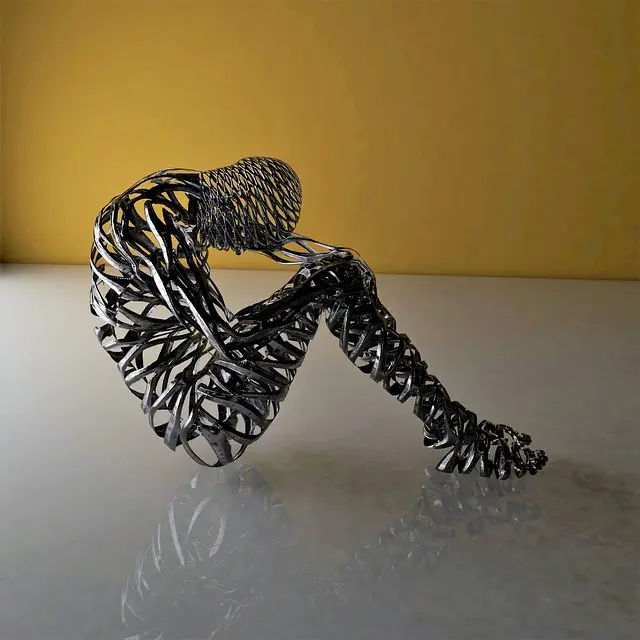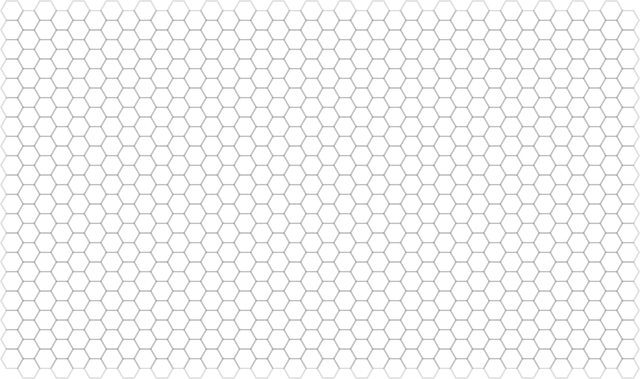Ketamine infusions, commonly referred to as 'K-Shots,' offer an innovative approach for rapid and effective pain relief, particularly for muscle soreness from intense workouts. This medication, traditionally used for anesthesia, targets the NMDA receptor to modulate pain perception, providing immediate relief within hours. Its anti-inflammatory properties can also help reduce inflammation. While it's a promising treatment for acute post-exercise muscle soreness, and its effects are under investigation for long-term use, it's crucial to consult healthcare providers before using it as part of a fitness regimen. Post-infusion, exercise should be low-impact, such as stretching, yoga, or swimming, to promote relaxation and healing without causing additional soreness. A personalized workout plan, tailored to the individual's health status and recovery progress, can enhance the benefits of ketamine therapy and support overall well-being. This approach ensures a careful balance between physical activity and rest to facilitate a smoother recovery process and manage pain effectively. Remember, 'K-Shots' are an FDA-approved treatment for chronic pain and depression, and their integration into fitness routines requires careful consideration and coordination with medical professionals.
Muscle soreness can be a significant impediment to maintaining an active lifestyle, often leading to a reduction in physical activities. For those seeking relief without compromising their fitness journey, understanding the role of ketamine infusions, commonly referred to as “K-Shots,” offers a promising avenue. This article delves into the innovative use of K-Shots for muscle soreness relief and how they can be integrated into personalized workout regimens. We will explore the benefits of ketamine infusion therapy, guide you through creating tailored workout plans that complement this treatment, and provide strategies for safe and effective physical activity post-treatment. Whether you’re an athlete recovering from intense training or someone dealing with chronic muscle pain, this article provides a comprehensive approach to restoring your comfort and continuing your fitness endeavors.
- Understanding Ketamine Infusions (K-Shot): An Innovative Approach for Muscle Soreness Relief
- Crafting Customized Workout Plans to Complement Ketamine Infusion Therapy
- Integrating Physical Activities Post-Ketamine Treatment: Strategies for Optimal Recovery and Pain Management
Understanding Ketamine Infusions (K-Shot): An Innovative Approach for Muscle Soreness Relief

When individuals engage in intense workouts or activities that lead to muscle soreness, they often seek effective relief methods to maintain their fitness routines and overall well-being. Understanding Ketamine Infusions, commonly referred to as ‘K-Shots,’ represents an innovative approach in this realm. Ketamine, a medication traditionally used for anesthetic purposes, has recently gained attention for its potential in alleviating chronic pain, including muscle soreness. What is a K-Shot? It’s an infusion therapy where ketamine is administered intramuscularly or intravenously to provide pain relief. The mechanism by which ketamine works is distinct; it modulates the NMDA receptor, which plays a significant role in the central sensitization associated with chronic pain. This action can lead to a significant reduction in pain perception, offering a new avenue for those suffering from persistent muscle soreness, whether due to rigorous training or other causes.
Ketamine’s effect on pain relief is not only notable but also swift. Unlike traditional pain management options that may take days or weeks to show effects, ketamine can provide relief within hours. This rapid onset of action makes it particularly beneficial for individuals who experience acute muscle soreness following intense exercise sessions. Additionally, the anti-inflammatory properties of ketamine can aid in reducing the inflammation that often accompanies muscle soreness. While more research is needed to fully understand its long-term efficacy and potential side effects, the emerging evidence suggests that K-Shots could be a valuable addition to a comprehensive pain management strategy for athletes and fitness enthusiasts experiencing muscle soreness. As with any medical treatment, it’s crucial to consult with healthcare professionals to determine if ketamine infusions are appropriate for one’s specific condition and to ensure safe administration.
Crafting Customized Workout Plans to Complement Ketamine Infusion Therapy

Crafting customized workout plans that complement ketamine infusion therapy, particularly for individuals experiencing muscle soreness, requires a nuanced approach. Ketamine, commonly known as ‘K’ or a ‘K shot,’ is an FDA-approved medication primarily used for anesthetic purposes. However, in recent years, it has gained attention for its potential therapeutic benefits in treating various conditions, including chronic pain and depression. When integrated into a fitness regimen, it’s crucial to consider the individual’s overall health, response to ketamine therapy, and specific fitness goals. A well-designed workout plan post-ketamine infusion should focus on low-impact exercises that promote muscle relaxation and pain relief while avoiding high-intensity activities that might exacerbate soreness. These workouts can include stretching routines, yoga, or light cardiovascular exercises like swimming or cycling. The aim is to support the body’s natural healing processes and enhance the positive effects of ketamine infusion therapy. Personal trainers or fitness professionals with knowledge of this treatment’s impact on the body can tailor these plans effectively, ensuring they align with the patient’s progress and well-being. This tailored approach not only aids in muscle soreness relief but also contributes to an individual’s overall health and recovery journey.
Integrating Physical Activities Post-Ketamine Treatment: Strategies for Optimal Recovery and Pain Management

Following a ketamine treatment, often referred to as a ‘k shot’ due to the administration method, individuals may experience muscle soreness and require careful integration of physical activities for optimal recovery and pain management. It is crucial to approach post-treatment exercise with a tailored plan that considers the individual’s response to the ketamine therapy. Engaging in gentle movement soon after treatment can aid in flushing out metabolites, thereby supporting the body’s natural healing processes. However, it’s equally important not to overexert the muscles, as this could exacerbate existing discomfort or lead to new soreness.
A well-designed workout plan post-ketamine treatment should focus on low-impact exercises that promote circulation without straining the musculoskeletal system. Activities such as swimming, yoga, or walking can be beneficial, as they allow for a range of motion and gentle stretching that may relieve tension and alleviate soreness. These activities also help in maintaining a healthy mood and reducing stress, which can further aid in recovery. It’s advisable to consult with healthcare professionals before starting any new exercise regimen to ensure the exercises selected are appropriate for the individual’s specific condition following ketamine treatment. By adhering to a balanced and personalized approach to physical activity post-treatment, individuals can facilitate their recovery and manage pain effectively.
Muscle soreness can be a significant hindrance to maintaining an active lifestyle, but innovative treatments like ketamine infusions, commonly referred to as K-Shots, offer a promising solution. This article has explored the benefits of K-Shots for muscle soreness relief and provided insights into crafting customized workout plans that work in tandem with this therapy. By integrating strategic physical activities post-treatment, individuals can optimize their recovery and pain management. These personalized approaches ensure a tailored recovery journey, catering to the unique needs of each individual for maximum effectiveness. For those seeking to alleviate muscle soreness and enhance their fitness regimen, understanding how ketamine infusions complement physical activity is key. Integrating these treatments with thoughtfully designed workout plans can help restore mobility and maintain a healthy, active lifestyle.






